Sustainability
Green Hydrogen For Sustainable Industrial Development
Views : 31
Usually dispatched in 2 to 3 days
Usually dispatched in 2 to 3 days
Category:
Sustainability
Green Hydrogen represents a unique opportunity for the clean energy transition. Climate change is an existential threat to a sustainable future, but at the same time, facing up to the climate challenge is an opportunity to promote prosperity and a brighter future for all. Green hydrogen and its derivatives will play a vital role in the just energy transition.
Only logged in customers who have purchased this product may leave a review.
Related books
The Big eBook of Sustainability Reporting Frameworks 2023
This guide will help you navigate through the complex landscape of sustainability frameworks with a climate and energy focus. Despite the myriad of challenges of the last year
including energy and cost of living crises, and geopolitical conflicts, momentum on climate-related sustainability continued in 2022. EcoAct’s annual research revealed that 70% of the largest listed companies are now committed to net-zero. The last year also saw many reminders of the urgency of the climate crisis, with scientists predicting that 2022
was the 8th consecutive year that global temperatures reached at least 1°C above pre-industrial levels. The impacts of this warming in the form of extreme weather events are all too clear..
The Big eBook of Sustainability Reporting Frameworks 2023
This guide will help you navigate through the complex landscape of sustainability frameworks with a climate and energy focus. Despite the myriad of challenges of the last year
including energy and cost of living crises, and geopolitical conflicts, momentum on climate-related sustainability continued in 2022. EcoAct’s annual research revealed that 70% of the largest listed companies are now committed to net-zero. The last year also saw many reminders of the urgency of the climate crisis, with scientists predicting that 2022
was the 8th consecutive year that global temperatures reached at least 1°C above pre-industrial levels. The impacts of this warming in the form of extreme weather events are all too clear..
Resilience and Sustainability of the Mississippi River Delta as a Coupled Natural- Human System
The Mississippi River Delta (MRD) coastal region contributes an estimated $45 billion in revenue annually to the state of Louisiana and has a natural capital asset value estimated between $330 billion and $1.3 trillion. Draining approximately 3.2 km2 of land, the Mississippi is the largest river in North American with the U.S. largest riverine transport hubs between Baton Rouge and New Orleans and has built the world’s 3rd largest river delta.
Resilience and Sustainability of the Mississippi River Delta as a Coupled Natural- Human System
The Mississippi River Delta (MRD) coastal region contributes an estimated $45 billion in revenue annually to the state of Louisiana and has a natural capital asset value estimated between $330 billion and $1.3 trillion. Draining approximately 3.2 km2 of land, the Mississippi is the largest river in North American with the U.S. largest riverine transport hubs between Baton Rouge and New Orleans and has built the world’s 3rd largest river delta.
Making The Right Choices For Your Utility: Using Sustainability Criteria For Water Infrastructure Decision Making
Introduction and Purpose of This Guide
Having the capacity to compare a range of infrastructure alternatives objectively is critical to a water or wastewater utility’s long-term sustainability and its ability to serve the needs of its community. This guide is designed to help water and wastewater utilities undertake these critical comparisons, in the context of meeting their existing regulatory requirements and improving the sustainability of utility operations.
This document is designed to supplement the United States Environmental Protection Agency’s (EPA) Planning for Sustainability: A Handbook for Water and Wastewater Utilities (“the Handbook”), issued in February 2012. The Handbook identifies a number of steps utilities can take to incorporate sustainability considerations into their existing planning processes, organized around four core elements of planning
commonly used by utilities:
• PLANNING ELEMENT 1: Goal Setting – Establish sustainability goals that reflect utility and community priorities.
• PLANNING ELEMENT 2: Objectives and Strategies – Establish objectives and strategies for each sustainability goal.
• PLANNING ELEMENT 3: Alternatives Analysis – Analyze a range of alternatives based on consistent criteria.
• PLANNING ELEMENT 4: Financial Strategy – Ensure that investments are sufficiently funded, operated, maintained, and replaced over time.
Making The Right Choices For Your Utility: Using Sustainability Criteria For Water Infrastructure Decision Making
Introduction and Purpose of This Guide
Having the capacity to compare a range of infrastructure alternatives objectively is critical to a water or wastewater utility’s long-term sustainability and its ability to serve the needs of its community. This guide is designed to help water and wastewater utilities undertake these critical comparisons, in the context of meeting their existing regulatory requirements and improving the sustainability of utility operations.
This document is designed to supplement the United States Environmental Protection Agency’s (EPA) Planning for Sustainability: A Handbook for Water and Wastewater Utilities (“the Handbook”), issued in February 2012. The Handbook identifies a number of steps utilities can take to incorporate sustainability considerations into their existing planning processes, organized around four core elements of planning
commonly used by utilities:
• PLANNING ELEMENT 1: Goal Setting – Establish sustainability goals that reflect utility and community priorities.
• PLANNING ELEMENT 2: Objectives and Strategies – Establish objectives and strategies for each sustainability goal.
• PLANNING ELEMENT 3: Alternatives Analysis – Analyze a range of alternatives based on consistent criteria.
• PLANNING ELEMENT 4: Financial Strategy – Ensure that investments are sufficiently funded, operated, maintained, and replaced over time.


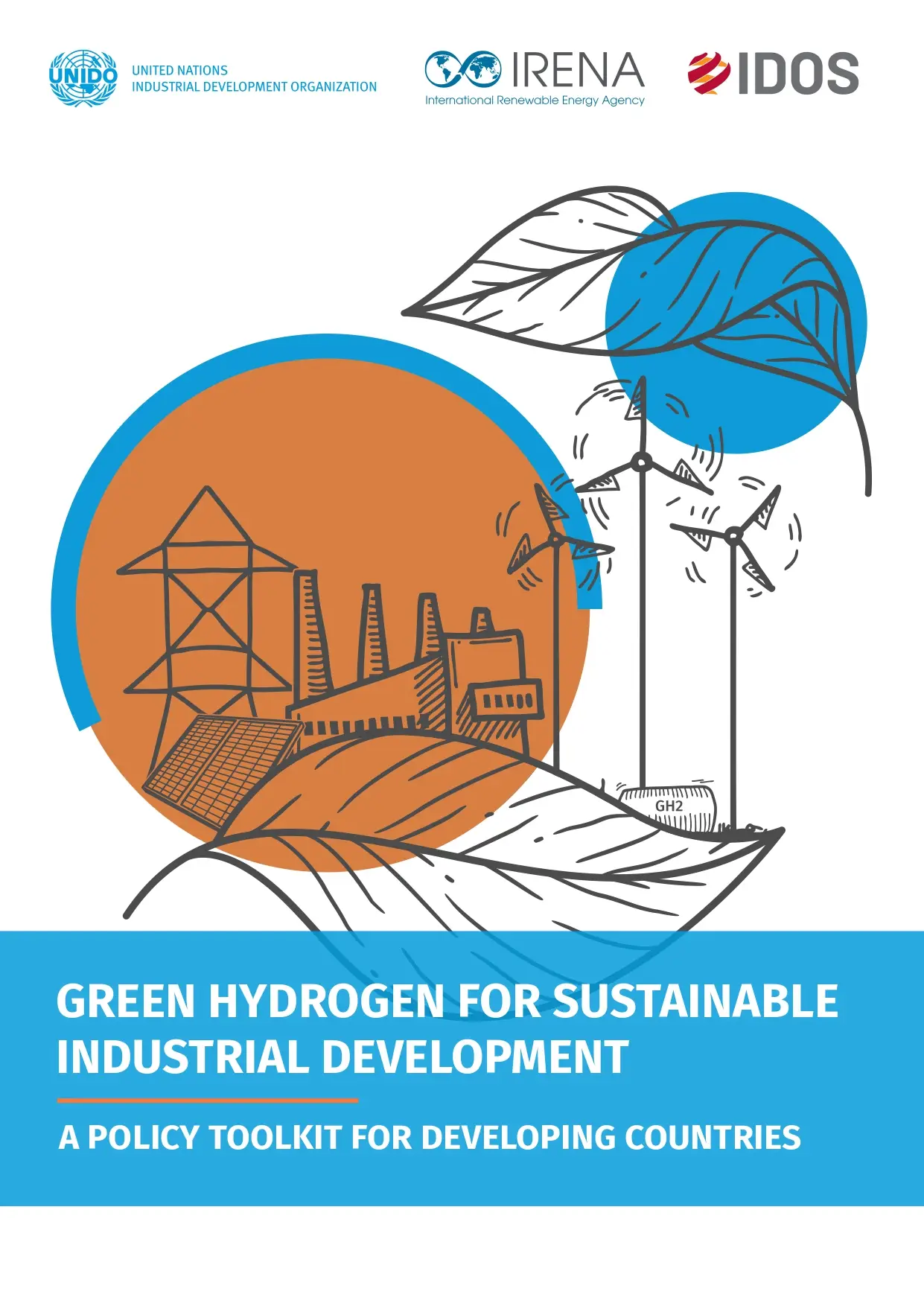
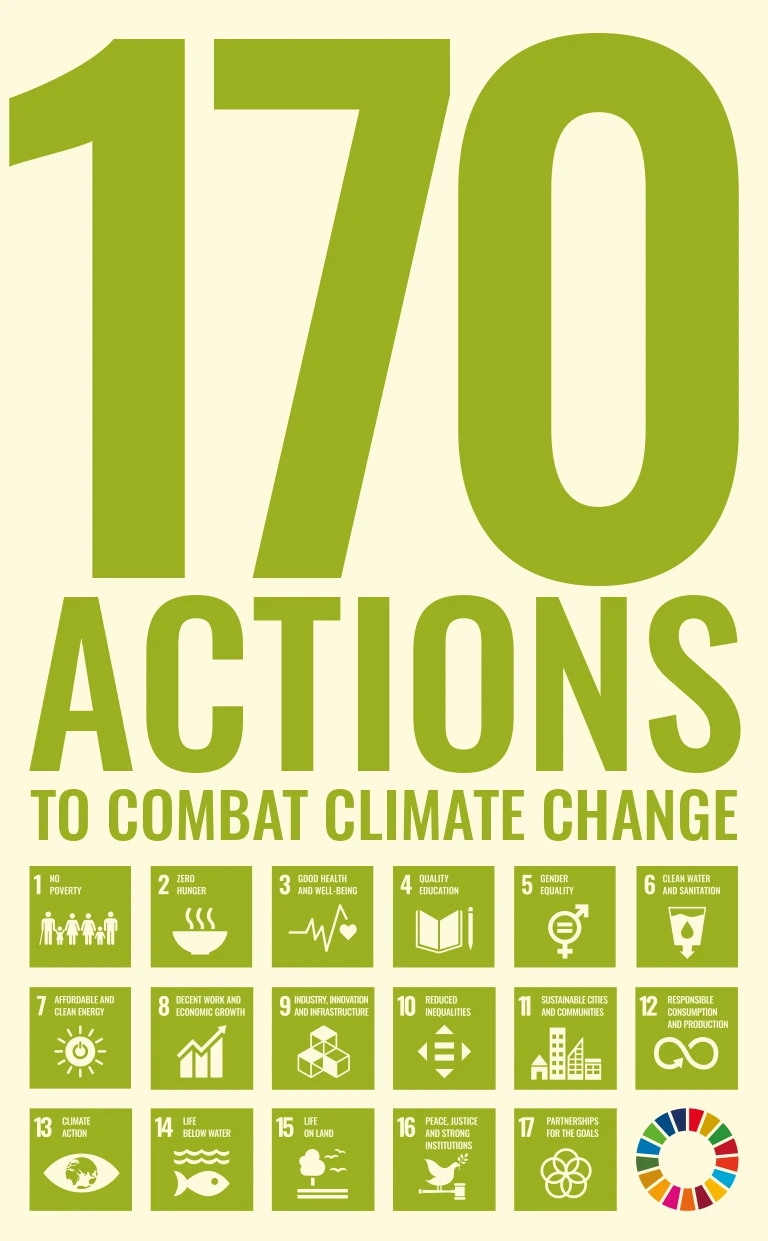



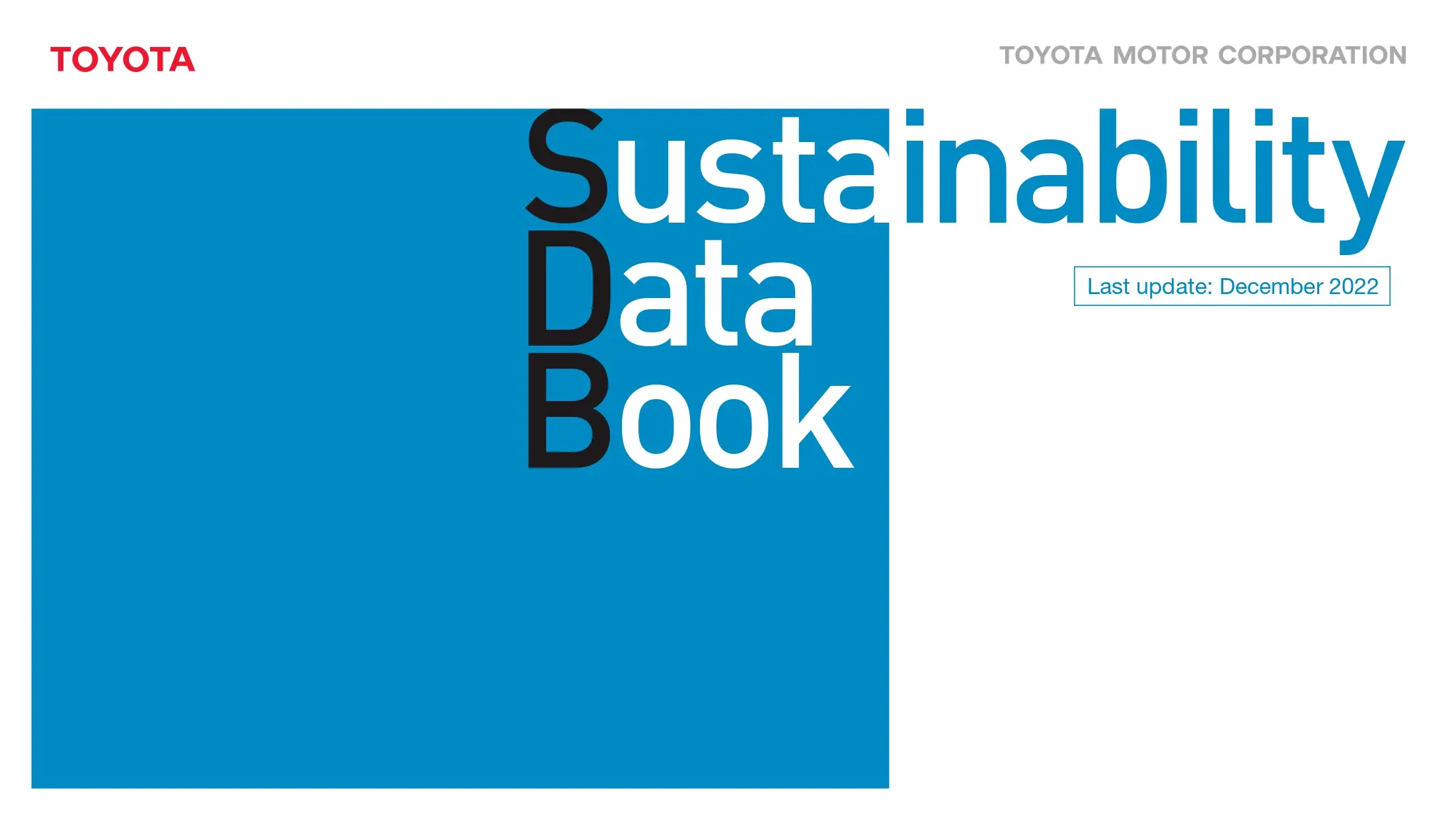
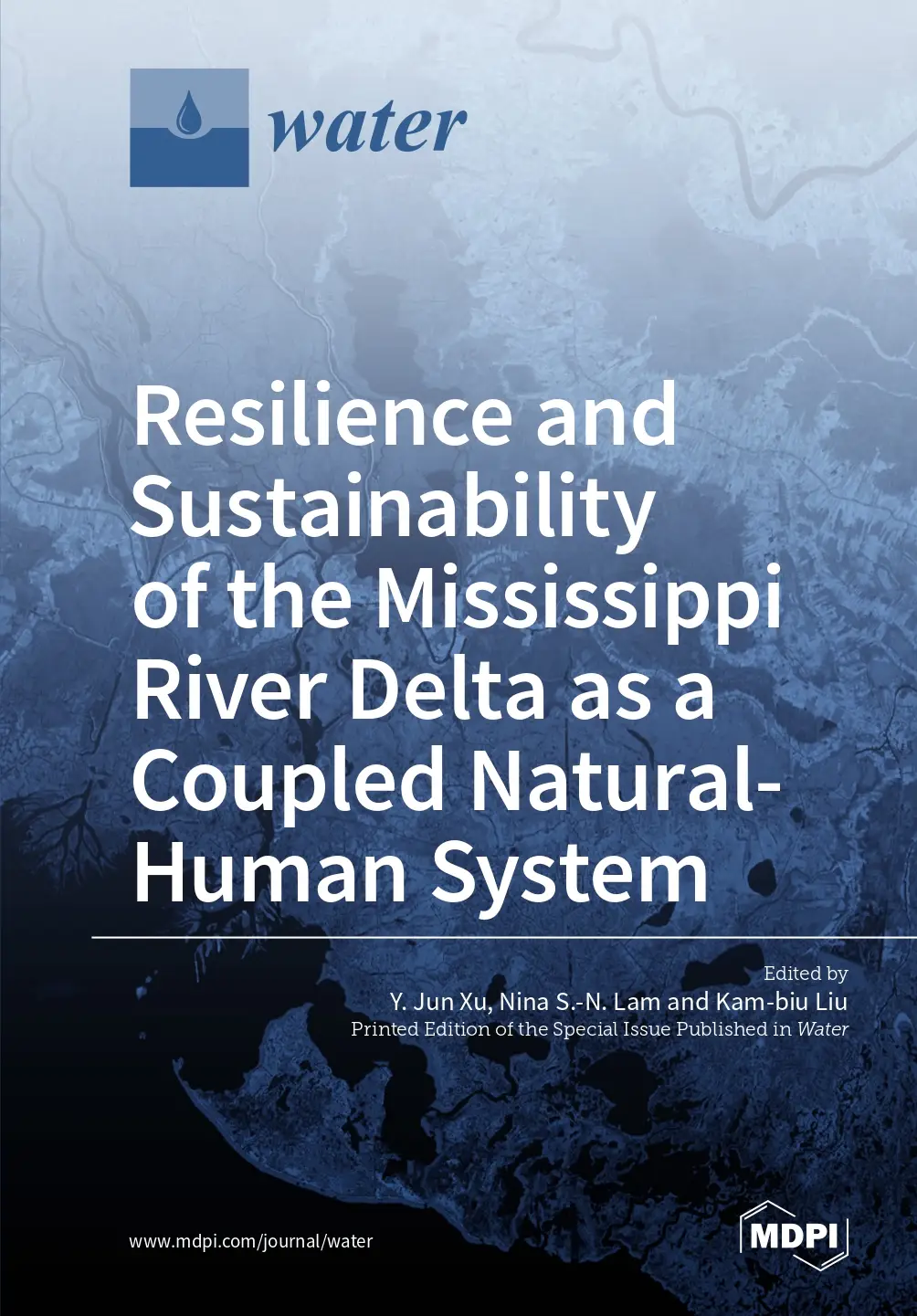




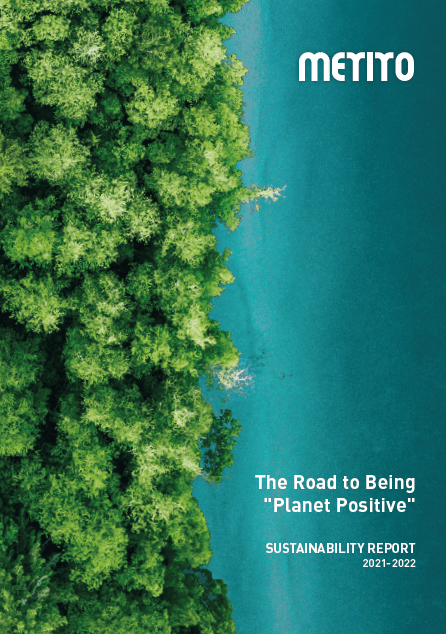
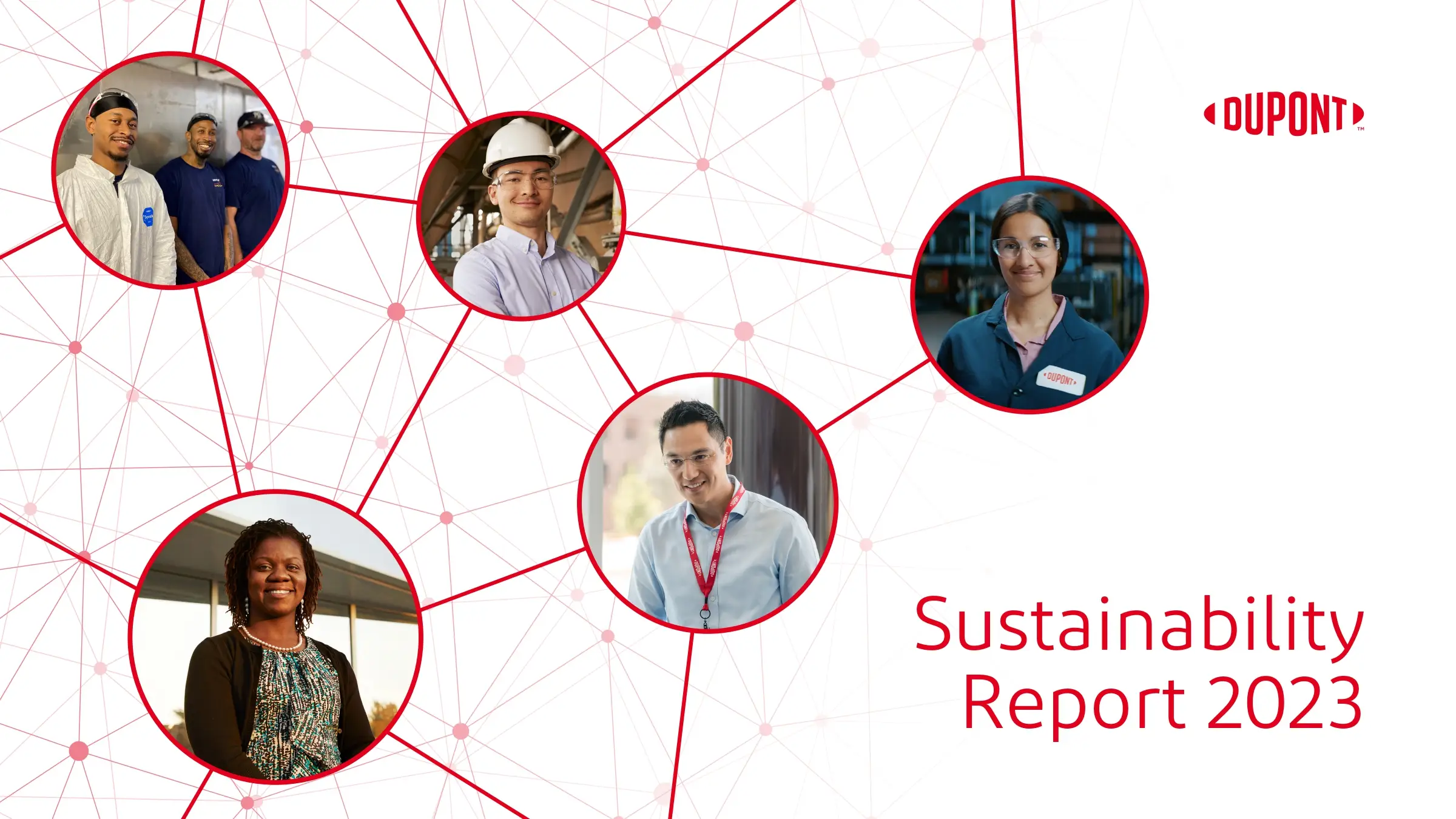
Reviews
There are no reviews yet.